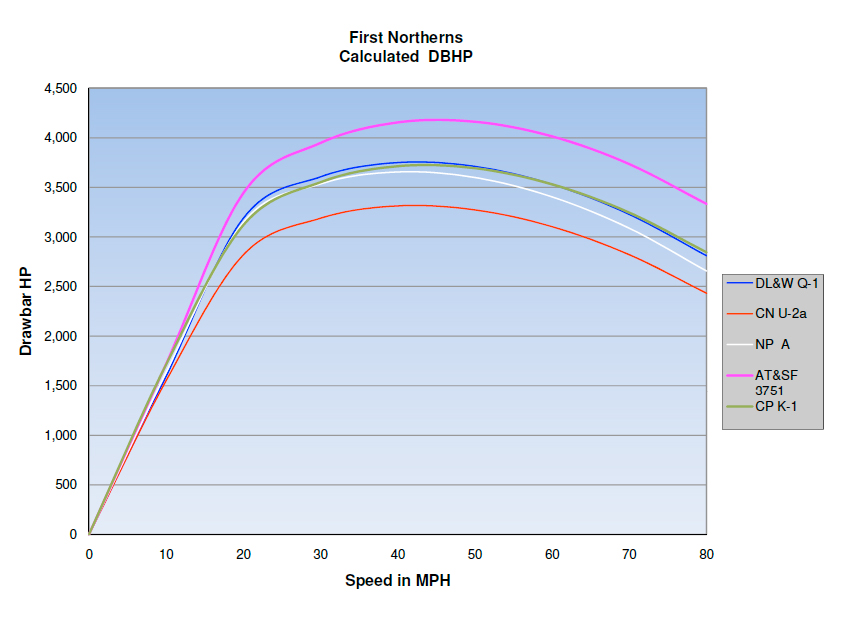
This graph shows the calculated drawbar horsepower curves for five classes in the first wave of 4-8-4s: Lackawanna Q-1, Canadian National U-2-a, Northern Pacific A, Santa Fe 3751, and Canadian Pacific K-1. Neil Carlson In the days of steam it was a normal practice to estimate the horsepower potential of a locomotive. Baldwin Locomotive Works […]
Read More…
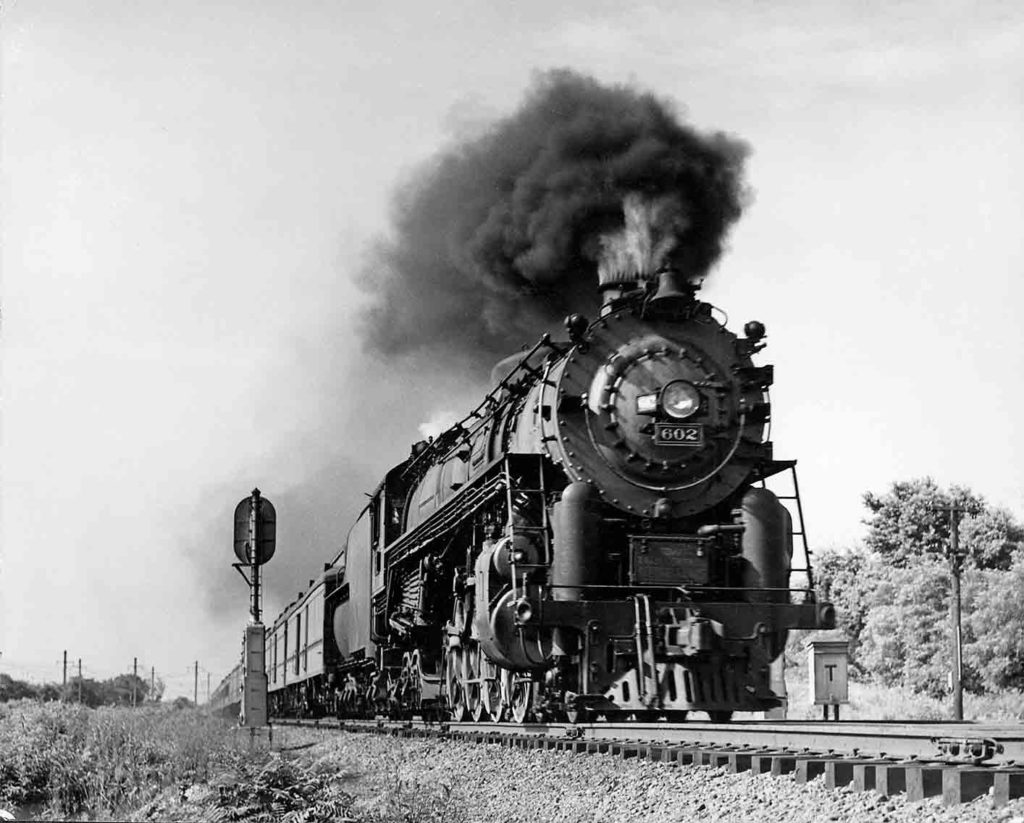
Richmond, Fredericksburg & Potomac 4-8-4 No. 602, named Governor Thomas Jefferson, rushes an 18-car passenger train toward Washington, D.C., near Four Mile Run, Va., in June 1940. C. W. Whitbeck Back pressure Back pressure is caused by the resistance of the exhaust steam exiting the cylinders. Overcoming this resistance represents negative work done by the […]
Read More…
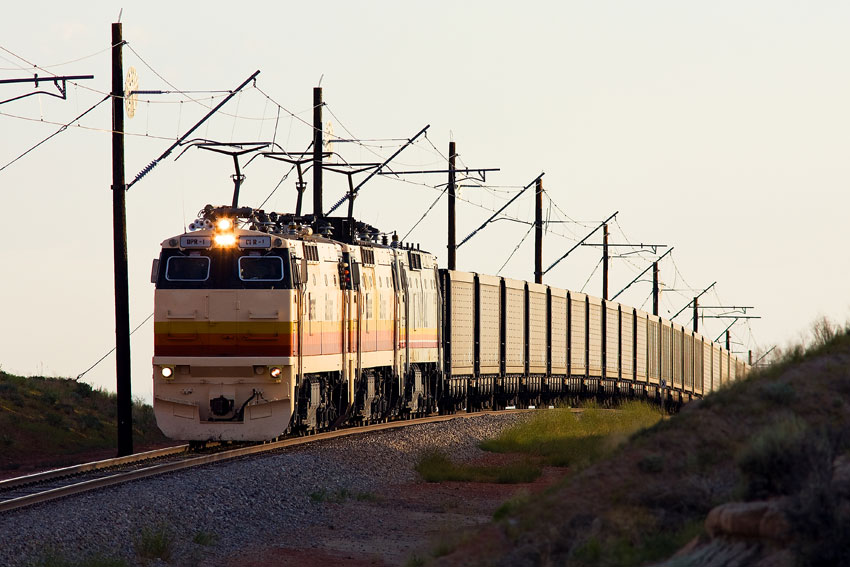
Three Deseret Power Railway E60Cs begin the short but steep 2-percent descent into Coyote Basin near Bonanza, Utah, on July 8, 2009. David Honan Q How do you figure out the percent of the grade of a railroad track?— Richard Buckhold, Kirkwood, Mo. A Grades are expressed as the rise in feet per 100 feet […]
Read More…
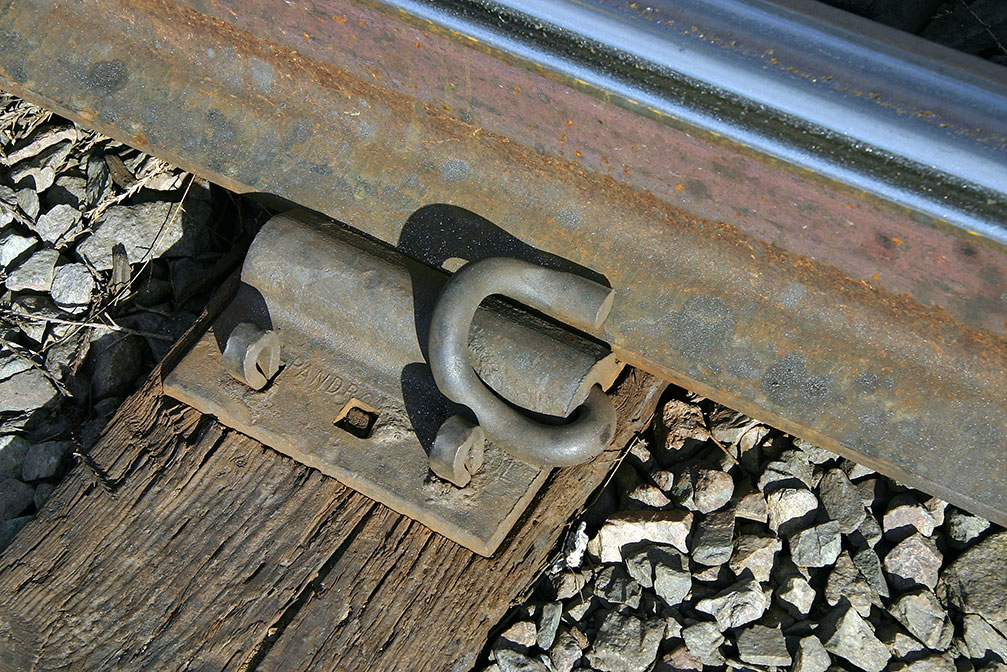
A Pandrol e-clip elastic rail fastener secures the rail to the tie, along with a type of hairpin spike. TRAINS: Kathi Kube Q How do Pandrol clips secure rails to concrete or wooden ties?— John Trifari, Sunnyvale, Calif. A The clips are made of spring steel and must be pressed into position by machinery or […]
Read More…
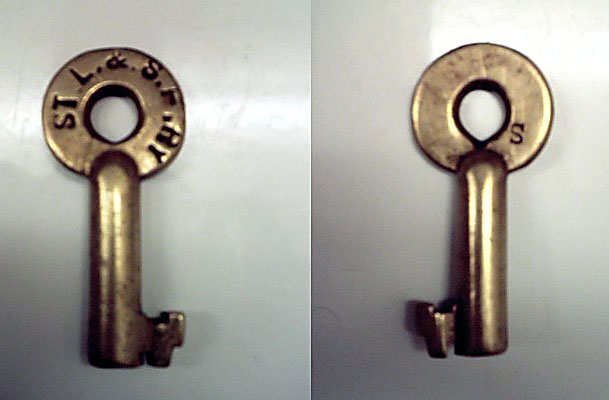
Q I bought this key almost 20 years ago. I know it’s from the “Frisco,” but can anyone date it or explain the “S” stamp?— Rick Goodell, Etna, Maine A A plain “S,” like on the key shown, means it is a switch key. Early railroad switch padlocks and keys came in various styles, but […]
Read More…
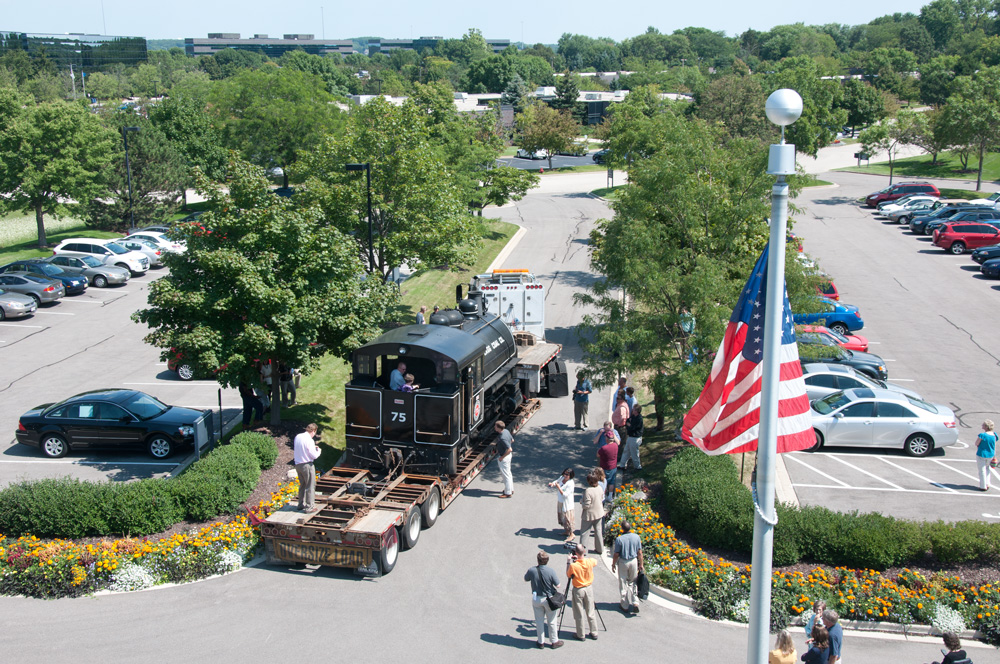
Flagg Coal Co. No. 75 pays a visit to the offices of Kalmbach Publishing on August 16, 2011. The 0-4-0 tank engine was built by the Vulcan Iron Works in 1930. Now privately owned, it travels around the country to tourist railroads, and made a flag stop (ha ha) at Kalmbach, courtesy of owner John […]
Read More…
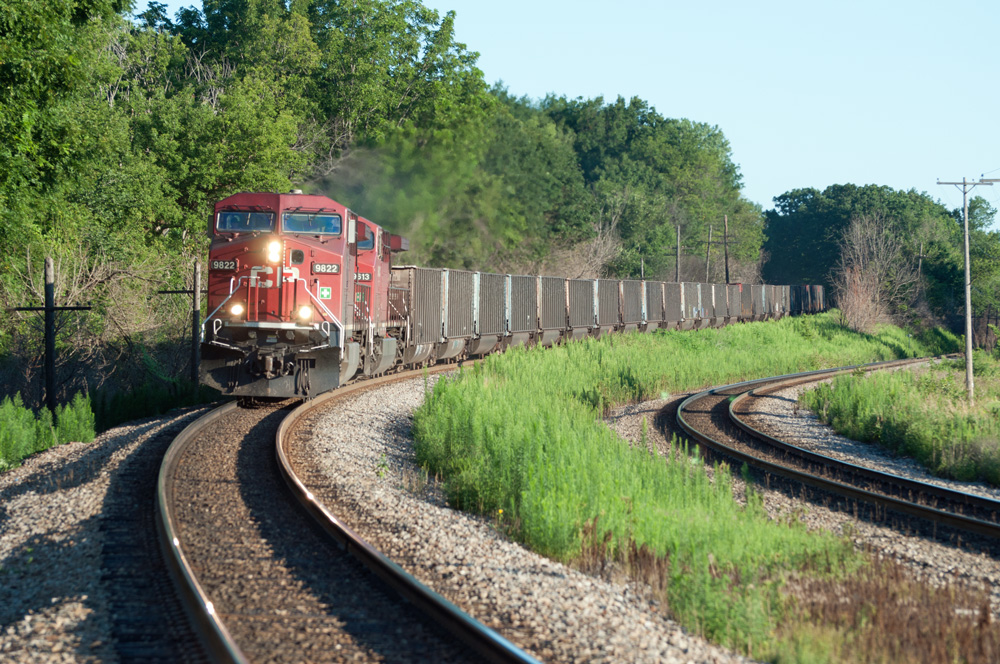
Two high-horsepower GE locomotives approach Elm Grove, Wis., with eastbound Canadian Pacific coke train 852. The train is descending the subcontinental divide. (Water west of the divide flows into the Mississippi River, while water east of the divide flows into Lake Michigan.) Photo by Matt Van Hattem […]
Read More…
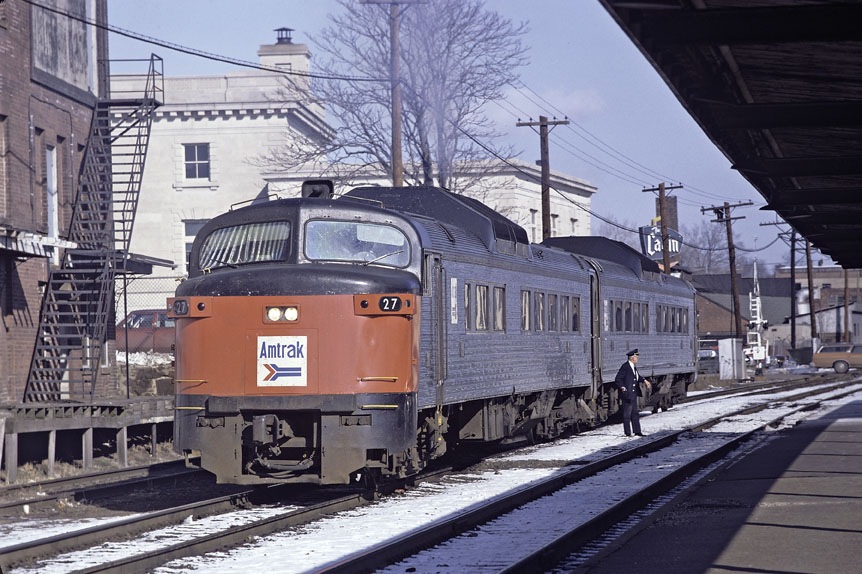
Amtrak inherited from Penn Central these self-propelled Rail Diesel Cars with distinctive front ends built for the New Haven Railroad’s Roger Williams. Budd Co. delivered six RDCs in an A-B-B-B-B-A formation to the New Haven in 1956. The slapped-on Amtrak logo from this February 1975 view would be replaced four years later with the company’s […]
Read More…

Philadelphia Transportation Co. PCC car 2115 cruises east on a Route 56 run along Erie Avenue in 1955. Mert Leet My dad worked as a trolley operator for the Philadelphia Transportation Company. Stationed at the 10th and Luzerne carbarn, he was one of a legion of veterans who found work on the PTC after World […]
Read More…
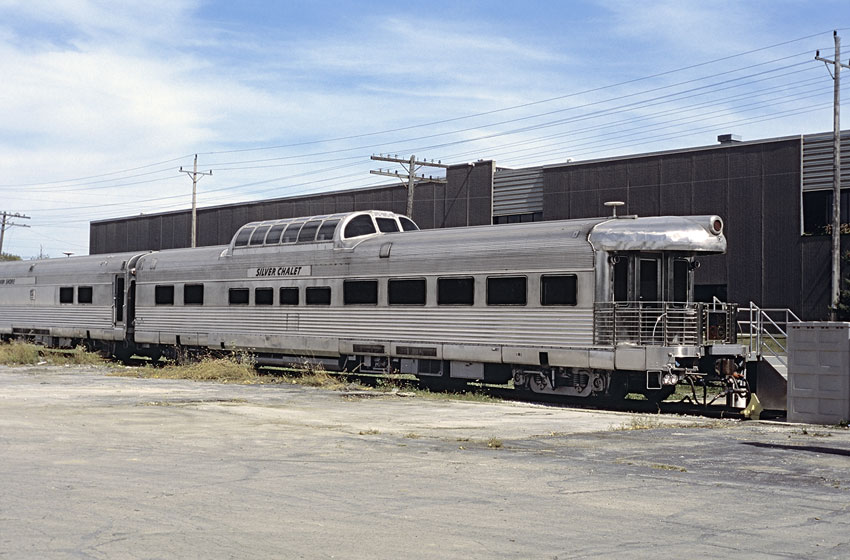
The Silver Chalet, once part of the Western Pacific’s California Zephyr, rests outside Quad/Graphics’ Sussex, Wis., printing plant Nov. 24, 2004. Cody Grivno Q I saw a private car named “Silver Chalet” at Union Station in Washington, D.C. It had an odd-looking observation platform. Can you tell me its history and who owns it now?— […]
Read More…
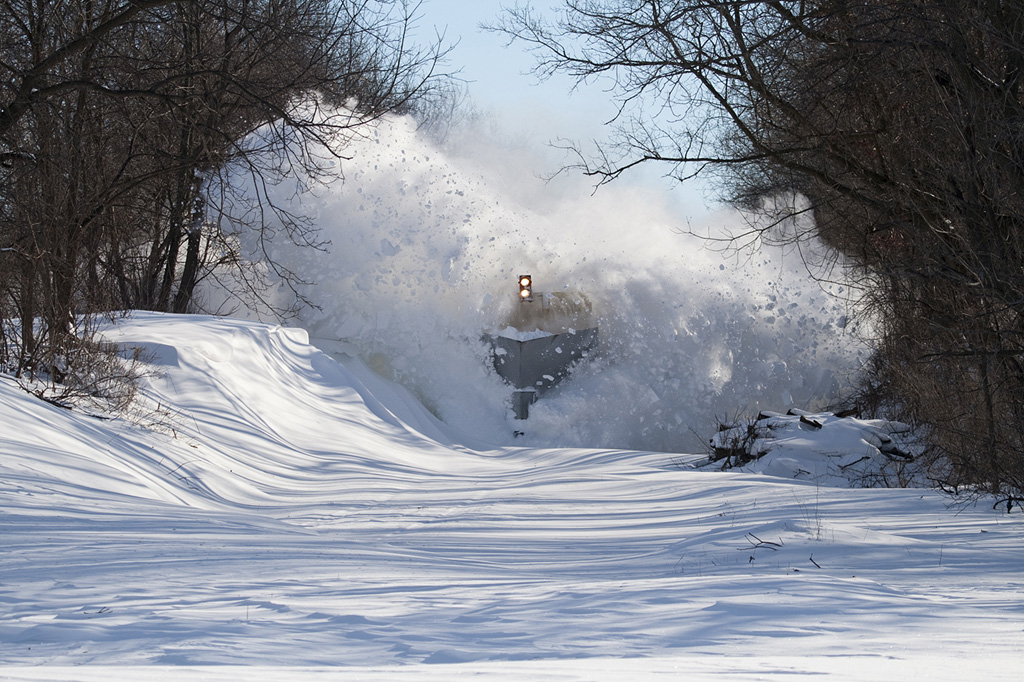
Wisconsin & Southern Jordan spreader WSOX 9 shatters a drift near Minnesota Junction, Wis., on Feb. 3, 2011. William R. Beecher Jr. William R. Beecher Jr. Fond du Lac, Wis. The snow stopped. The sun actually rose under glorious high pressure after two solid days of blizzard that left Central Wisconsin under almost 2 feet […]
Read More…
Read more about the Rock Island’s 1960s diesel menagerie in a PDF of the article “Christine and the Mongeese” by J. David Ingles, published in the December 1965 issue of TRAINS magazine. Rock Island Diesel Menagerie DOWNLOAD […]
Read More…











